Types and kinds of bicycles
Reading time: 12 minutes min
09.08.2021
1006
Bicycle manufacturers regularly offer new models or improve existing ones, introducing technical and design innovations, or combining and improving well-known solutions. Because of this increasing variety, the classification of bicycles is very difficult for a beginner, but it is necessary to choose the optimal option.
How does cycling technology differ from each other
The main components of any bicycle are wheels, frame, transmission, steering wheel and its takeaway, seat. In addition, it can be equipped with a shock-absorbing suspension and additional shock absorbers, a braking system, safety elements, protective wheel wings, sometimes lighting equipment and cargo trunks. The presence, quantity, size, configuration or type of components, as well as their combinations determine belonging to a specific type and type. The main determinants for different types are suspension and transmission.
Types of suspension of modern bicycles
There are 4 types of suspension for bicycle equipment.
- The rigid - shock absorbers are completely absent (except for the seat springs).
- The hardtail - shock absorber is installed in the front fork.
- Two-suspension - models with front and rear shock absorbers.
- Softail is an advanced hardtail with a front shock absorber and a special geometry of feathers at the back.
Softail has no elastic element in the rear triangle, but it is designed to compensate for shock and weight loads.
Bicycle transmission
The classic bicycle drive scheme assumes the presence of the following components:
- pedals rigidly connected to a large driving star-gear;
- a small sprocket connected to the wheel axle and the rear carriage;
- the drive chain connecting the chainrings.
To increase the torque or traction force, gears are used, in which there are 2-3 large chainrings and several small ones. By combining their connection options with special switches (lever with derailleur drive), you can increase the speed capabilities of the bike or make it easier to climb uphill. Some models use planetary gear – a special mechanism with three degrees of freedom.
Classification of bicycles by purpose
Depending on the purpose, bicycle equipment is divided into several categories.
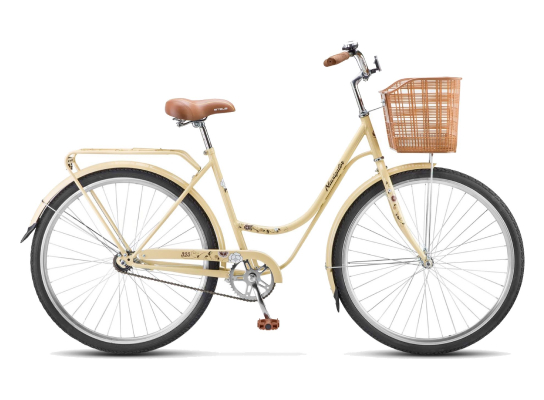
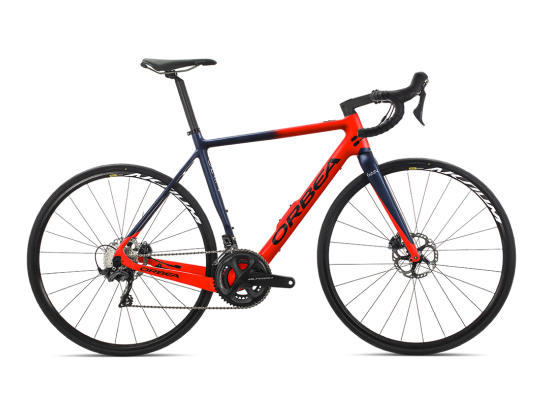
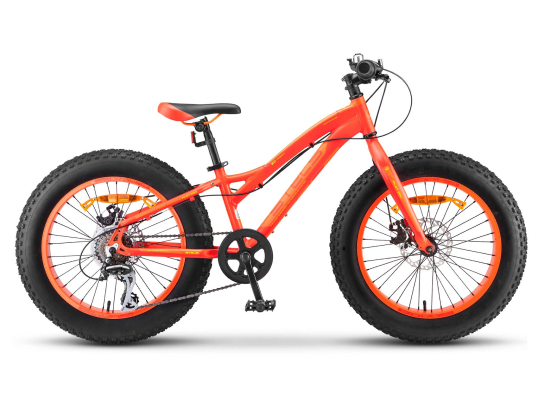

All of them are further divided into species, some even into subspecies. The division is a bit conditional, since there are models that are difficult to categorically attribute to only one species. Plus, not so long ago, «hybrids» appeared on the market – bicycles that combine the features of several types and kinds.
City bikes and their varieties
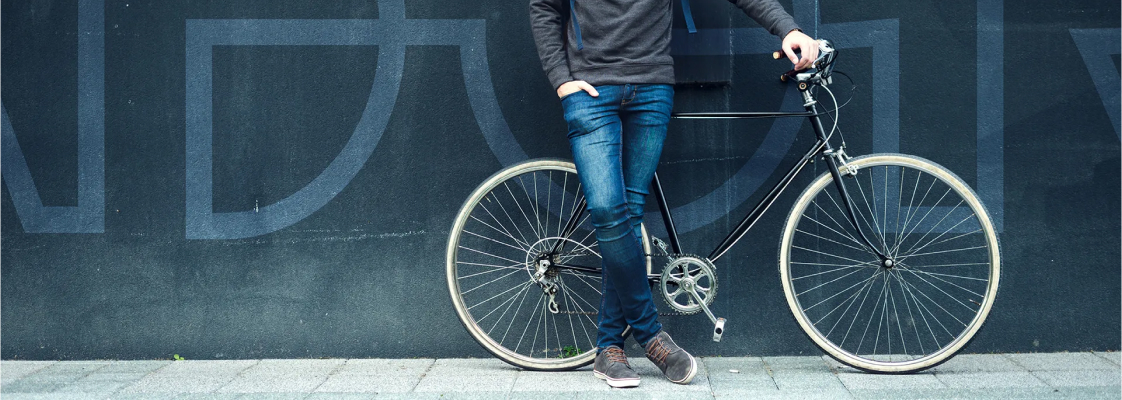
City Bikes or road bikes are the simplest and most comfortable models, the most common among cyclists who do not travel outside the locality. Usually, they use a rigid or hardtail steel frame, a simple or inexpensive (with a small number of gears) multi-star or planetary transmission, wheels with a diameter of 24-28 inches with medium-width tires and a small tread pattern.
The frame design assumes a straight fit, the seat is soft and a large range of adjustments of the saddle and steering wheel. Brakes are usually only rear – disc or drum brakes. Some models are equipped with an additional front rim or disc brake.
Almost always city bikes are equipped with protective wings and chain linings, reflectors, a headlight and a tail light, modern models can have turn indicators. Trunks with a pressure lock and (or) baskets are often installed.
Manufacturers do not pay attention to the weight, because such bicycles are designed for short, non-high-speed trips, along streets, park alleys, and so on.
- Women's bicycle with an open frame. Its main difference lies in the low location of the upper crossbar of the frame or its absence (in this case, the lower part is made more durable). In addition, the distance along the lower points of the removal of the saddle and steering wheel is less. All this is done to compensate for the peculiarities of the anatomy of the softer sex, as well as for the possibility of a comfortable ride even in a long skirt or dress.
- Cruisers. Urban models with an elongated frame, an understated rear triangle and often a noticeable tilt back of the handlebar and saddle outriggers. Such bicycles may have unusual, retro-style contours, and the design and landing features require a more or less smooth and hard coating.
- Folding bicycles. The distinctive features of such models are small 18-24 inch wheels, a small single-column frame with a folding mechanism and the maximum height of the takeaways. The model is in demand among those who have difficulties with storing a bicycle, as well as lovers of nature trips. In operation, it is distinguished by low speeds and difficulty of driving with significant height differences.
Characteristics and kinds of road bikes
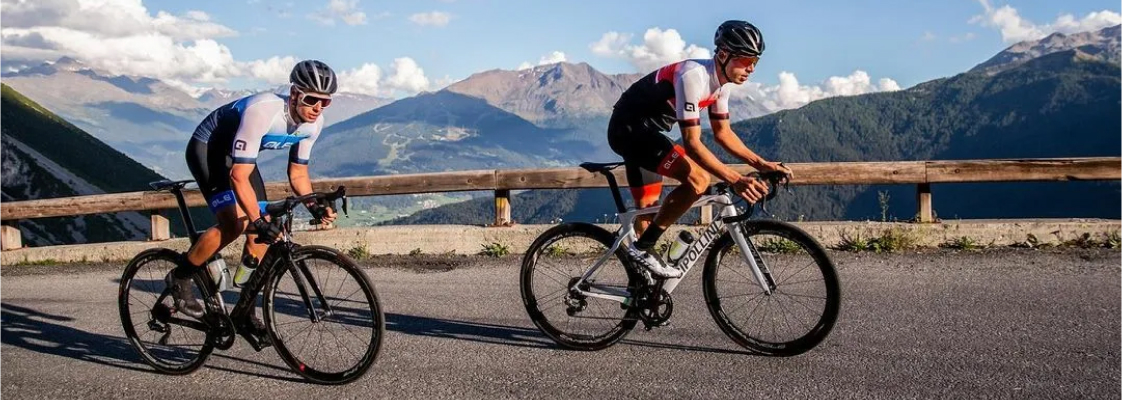
A common characteristic for such bicycles is optimization for long-distance trips. Typical features are a strong large frame of traditional shape, wheels with a diameter of 28-29 inches, narrow tires, the maximum number of transmission gears, landing with minimal resistance to airflow. The last point is provided by a high saddle and an understated steering wheel, most often curved, such as «ram's horn» or «ram». There are three main varieties.
- Highway or sports (racing). In addition to the listed features, the description should note the complete absence of shock absorbers and an almost smooth tread. Such models are made as light as possible, including due to the absence of any parts unnecessary for driving and driving, and a thin frame made of special light alloys. Their element is high–speed cycling over long distances on good asphalt. In the city and on the ground, they are inconvenient, wear out and break quickly.
- Track bike. A specialised kind of sports bike. The main difference is the absence of brakes, and not that additional speeds, but the classic rear carriage. The pedals and the rear wheel are connected by a chain rigidly, usually not used outside the track.
- Tourist or road. It should not be confused with the urban «roadman», in fact, it is a «highway» adapted for more comfortable movement, with the possibility of transporting goods and leaving the hard surface. The main differences from sports are a wide seat, the presence of a short-stroke front shock absorber, lighting equipment and luggage racks, a larger and wider tread, emphasis on traction gears. Such models are less high-speed, suitable for asphalt and primers, but not for full-fledged off-road driving.
Mountain and dirt bikes
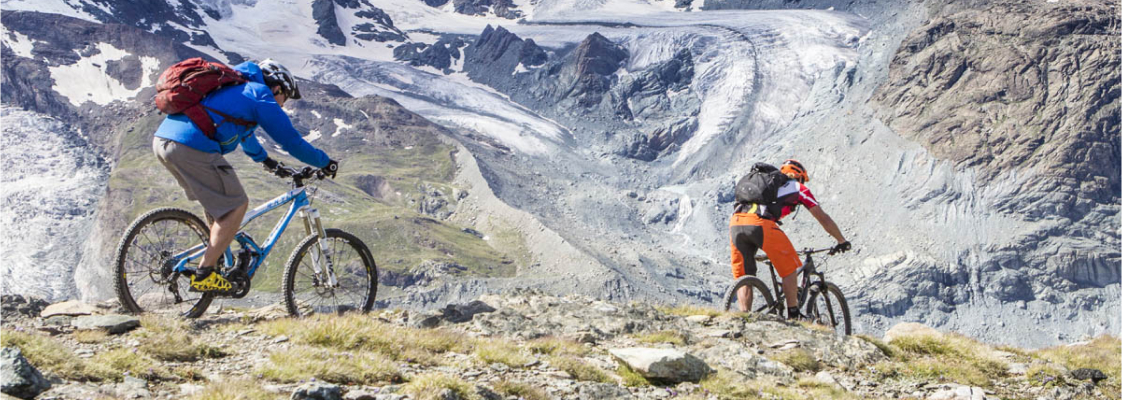
Often the category of dirt bicycles is limited only to «mountain» models. This is quite understandable, because the characteristic features of «SUVs» fully correspond to the description of a classic mountain bike.
- A strong, slightly shortened frame of the hardtail or two-suspension type, with a raised lower part, which allows you to position the main carriage approximately at the same height with the wheel axles, increasing the ground clearance.
- Wheels with a diameter of 24-26 inches, with a medium or wide, deep aggressive tread that clings to irregularities and protects against punctures (models with 27.5-inch and even more wheels have recently begun to be produced).
- Gas, hydraulic shock absorbers or a combination of them, with a large stroke to protect against bumps or irregularities; expensive models may have additional shock absorbers in the outriggers of the steering wheel and saddle.
- Maximally protected from shocks, moisture and dust components, special attention is paid to brake hoses, elastic elements and transmission systems during design and manufacture.
- Reinforced rims, a short straight steering wheel, and other components that account for the maximum load.
- Cantilever brakes of the V-brake type or disc brakes, with an increased contact area with the pad.
- Small or medium number of available gears (16-28).
This design allows you to overcome a full-fledged off-road, and the richer and more expensive the equipment, the more opportunities the bike has. Some subspecies of mountain bikes like All Terrain Bikes, Recreation or Hybrid are distinguished by less pronounced «mountain qualities» and are in great demand because of their versatility. Sometimes they are called «pseudo-mountainous» and are taken for trips to work, to the store, rides in the park and nearby trips to nature outside the city. Judging by statistics, such models are gradually replacing traditional citibikes.
Depending on some changes in the configuration or design, full-fledged mountain bikes can be divided into several subspecies.
- Cross-country is usually a hardtail with a large margin of speed and a short stem. Used for cross-country racing with small to medium elevation changes.
- Backcountry - hardtail, softail or double suspension with a reinforced frame. Modification for off-road marathons and work on tracks with significant elevation changes.
- Downhills are full-suspension with maximum shock travel and very strong construction details, a double-crown front fork and a minimum set of gears (only one drive chainring). The main purpose is downhill from the mountain, often they are delivered to the top on their own or on lifts.
- Freeride, dirt jumping and enduro are a cross between cross-country and downhill, and can be used for racing and mountain riding with any elevation change. They are distinguished by high strength, an underestimated frame and a decent number of gears.
- Trials (Stock or MOD) are small-sized «mountains», most often rigids with 20-inch wheels, designed for jumping and overcoming obstacles. They stand out for their durability and specialised «stunt» equipment.
In addition, fat bikes should be included in the off-road category: bicycles for moving on sand, snow, grass. Their main feature is a high and very wide (up to 10 cm) tire, and the tire pressure is specially made low for comfortable movement on loose surfaces. Due to the large tires, the frame and forks are also much wider than usual.
Special bikes
If we talk about production models, and not special bikes created in a small amount (or even in a single copy), then the list of special categories will look like this.

Children's
These are not reduced copies of adult models, but specially designed bikes for beginner cyclists. For very young children, manufacturers offer tricycles with a chain drive to a common rear axle or pedals rigidly fixed to the front wheel. For older children, the models are two-wheeled, but the package includes small safety wheels mounted on the sides of the main rear.
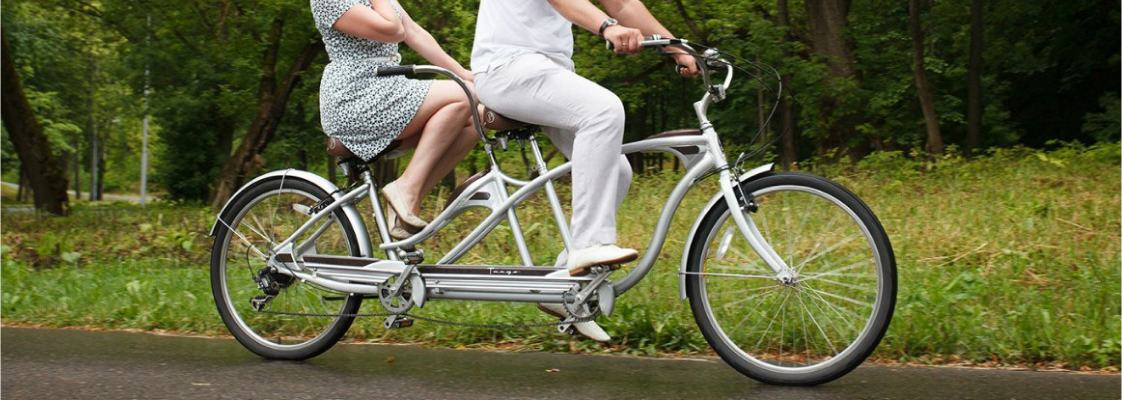
Utilitarian
Cargo and even passenger (pedicab) three-wheeled and four-wheeled models. They are often referred to as velomobiles. In addition to the main seat, they have a passenger or cargo compartment. In the countries of the post-Soviet space, they are just beginning to be in demand, and in Asia they have long become mass road users.

Stunt
- BMX is an urban variation of the MOD, adapted to perform stunt elements of varying complexity using artificial obstacles - steps, pedestals, railings, and so on, often have additional footrests on the wheel axles.
- Monocycles - in fact, a wheel with pedals, can have a chain drive and a seat.
- Circus - similar to the track lack of transmission and hard drive, but with a different shape of the steering wheel, may have additional parts to stop.
- Drift trikes are special models with a pedal drive on a large front wheel and plastic slick pads on small rear wheels, which allows you to take turns in a skid.
In conclusion, briefly about special bikes - electric and ligerades. Electric bikes are modifications of conventional models, but with the ability to ride using not only muscles, but also an electric drive powered by a battery located in a special compartment.
Ligerad or recumbent is a special type of two-wheeled bicycles, the design of which assumes a semi-lying or recumbent position of the rider. At first they were seen only as a form of unusual entertainment or a way to stand out. But then it turned out that this is the only way to ride a real bike without dangerous consequences for people with problems of the spine, upper shoulder girdle and joint diseases.

